The Outdoor Writers Association of America, now in its 92nd year, is one of the oldest professional communications organizations in North America. Each year, it recognizes top stories in a variety of media, including blogs, through its Excellence in Craft (EIC) Awards.
This year, Cool Green Science stories by staff writers Justine Hausheer and Matt Miller won seven EIC awards, matching last year’s total.
Hausheer deserves special recognition; her five awards this year — including two first places — plus four last year make her the most recognized blog writer in the organization. Her wins in four categories speak to her impressive range as a writer, and also to her funny, approachable style. In an organization long known for its angling writers, she even won the Fishing blog contest for a story on her (largely) failed efforts at learning to fish.
We are honored to once again be recognized by OWAA, and we hope that you enjoy this selection of the winning entries.
-
How to Fail at Fishing: The Diary of a Birder Learning to Fish
1st Place, Fishing
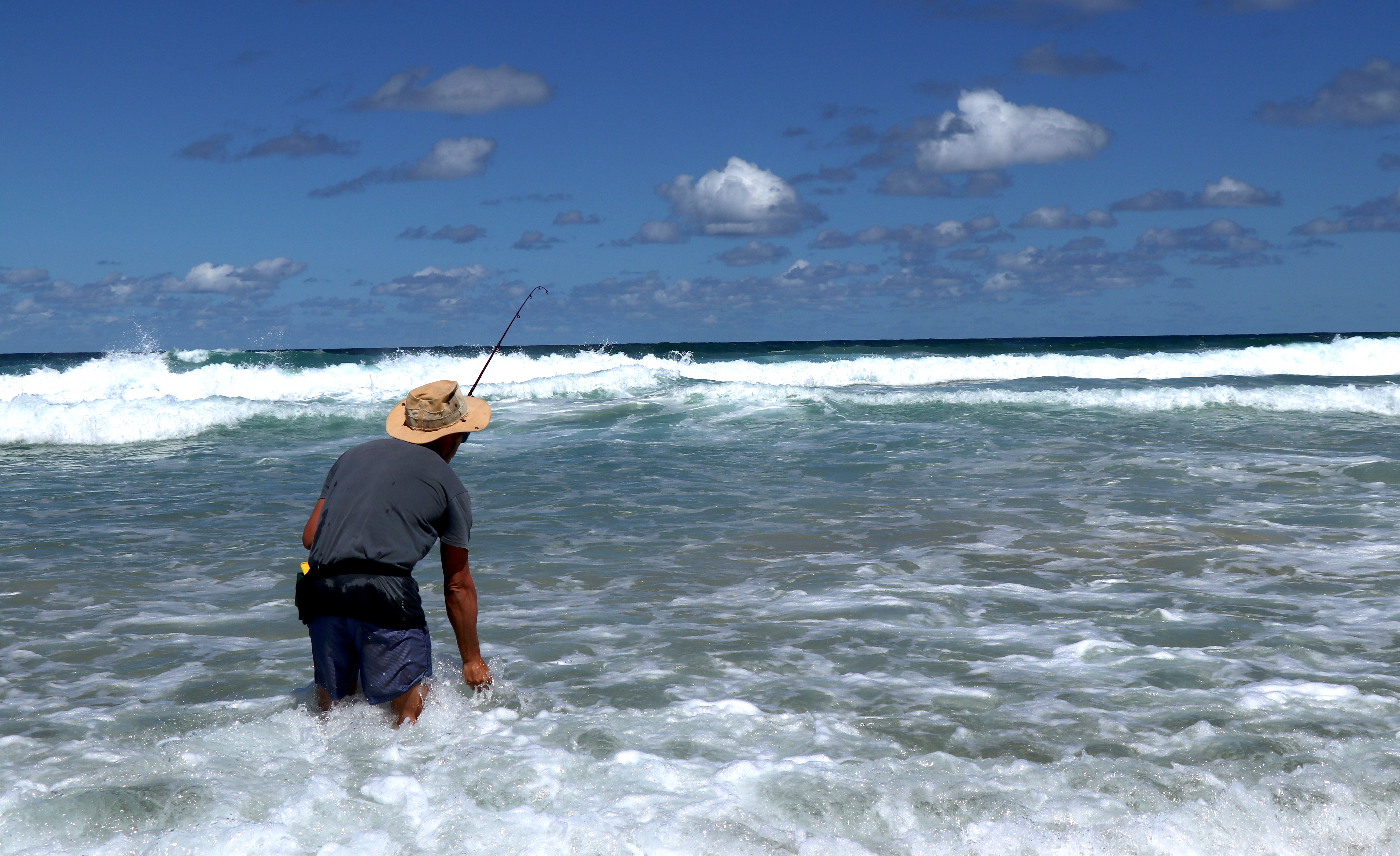
Photo © Justine E. Hausheer One of the most spirited debates in the conservation world is Birds vs Fish. Justine Hausheer is firmly on Team Bird, but she wanted to understand why some people—including her co-workers and friends—feel the draw of fins more than feathers. So she set out on a mission to learn how to fish. How hard could it be?
Follow Hausheer as she struggles through fishing-for-dummies Youtube videos, learns how to catch bait (and then use it to catch other bait), gets thoroughly distracted by birdlife, and is pranked by her family members.
-
Deciding the Fate of Myanmar’s Forests
1st Place, Conservation & Nature
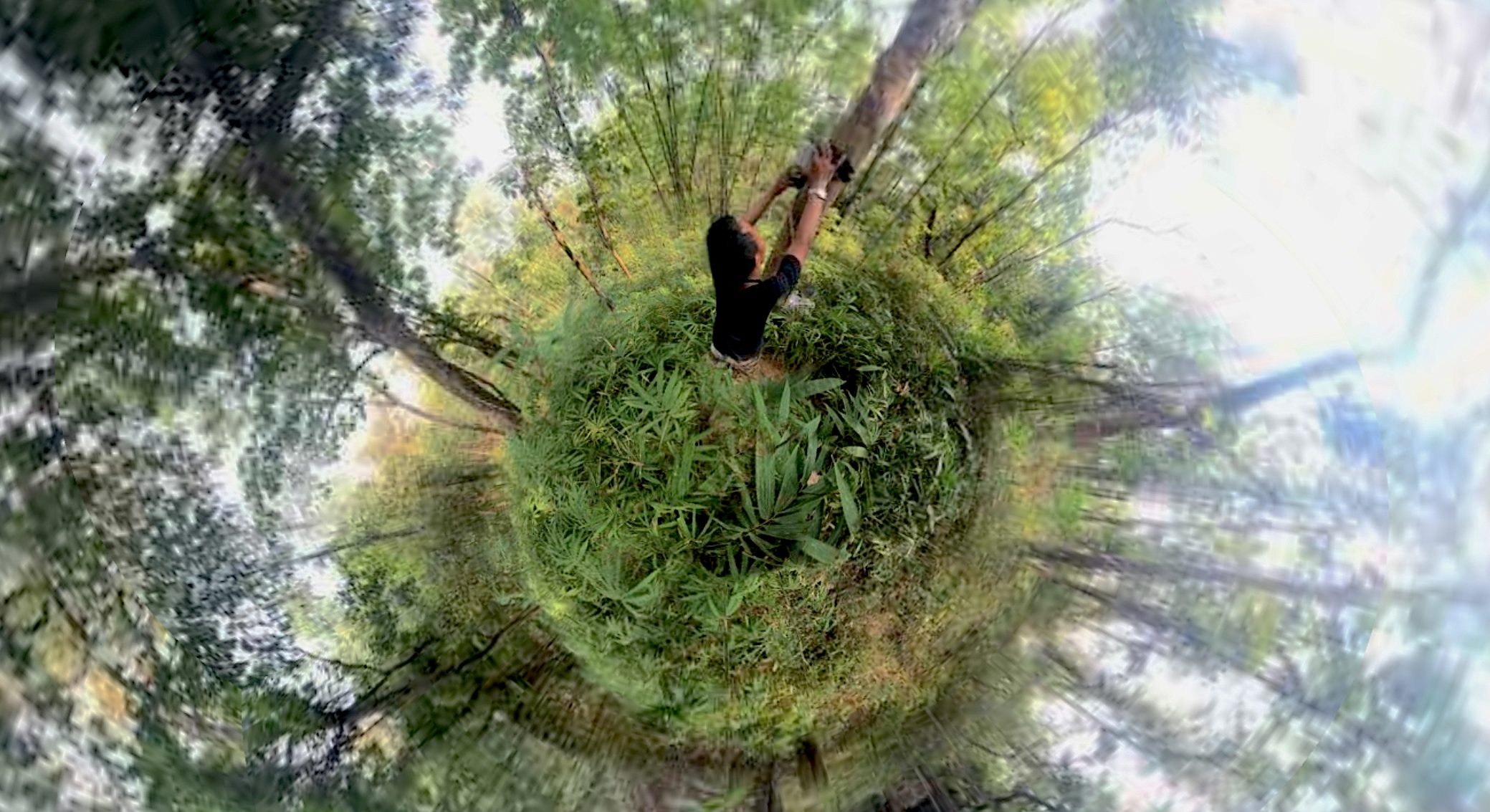
Deploying acoustic recorders in Myanmar’s Sagaing region. Photo © Timothy Boucher / The Nature Conservancy Decades of uncontrolled logging are close to destroying Myanmar’s ancient teak forests. But with recent political change comes great opportunity. Nature Conservancy scientists are collecting acoustic data to support the government’s forestry reform, which will help protect both the biodiversity within these forests and the ecosystem services they provide to Myanmar’s people.
Field reporter Justine Hausheer joined them to trek through one of the country’s last pristine teak groves, following in the footsteps of elephants. Her feature story traces the history of Myanmar’s timber trade, from colonial loggers and their elephant laborers all the way to the government-sanctioned plunder of the modern day.
-
Strange and Unbelievable Facts About Shrews
2nd Place, Conservation & Nature
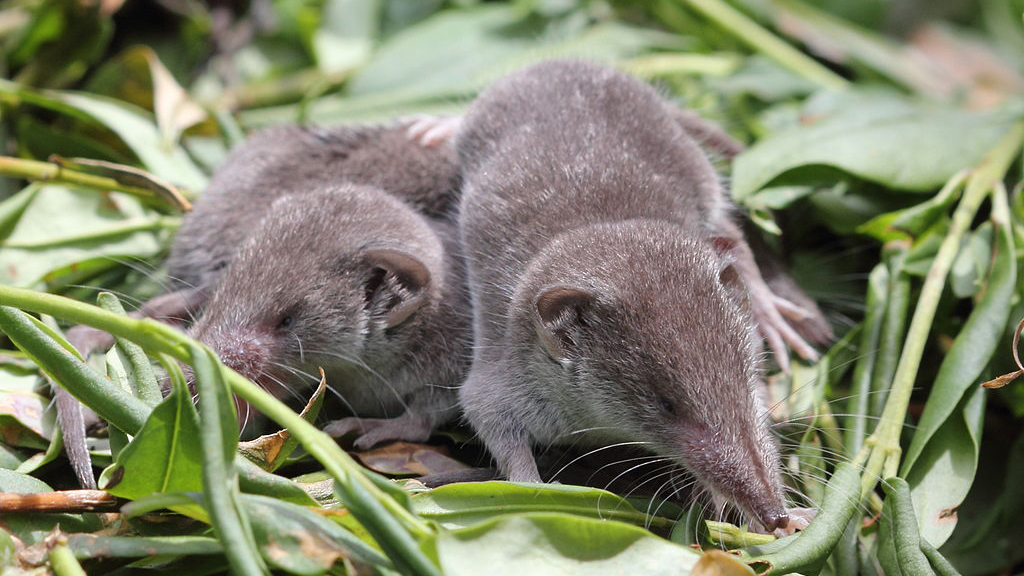
Young shrews (crocidura, most likely c. russula) near their nest. Picture taken at a compost heap in Germany. Photo © Holger Casselmann / Wikimedia Commons Believe it or not, shrews are one of the most voracious and abundant mammalian predators on the planet, found on five continents in a variety of habitats. But even though they’re common and widespread, few people see them and fewer know their crazy habits and adaptations. (For example: many shrew species are venomous, while others can literally walk on water.)
In this story, Matt Miller takes a look at just some of the many reasons to marvel at shrews.
-
Possum Terrors and Rediscovering Urban Wildlife
2nd Place, Outdoor Fun & Adventure
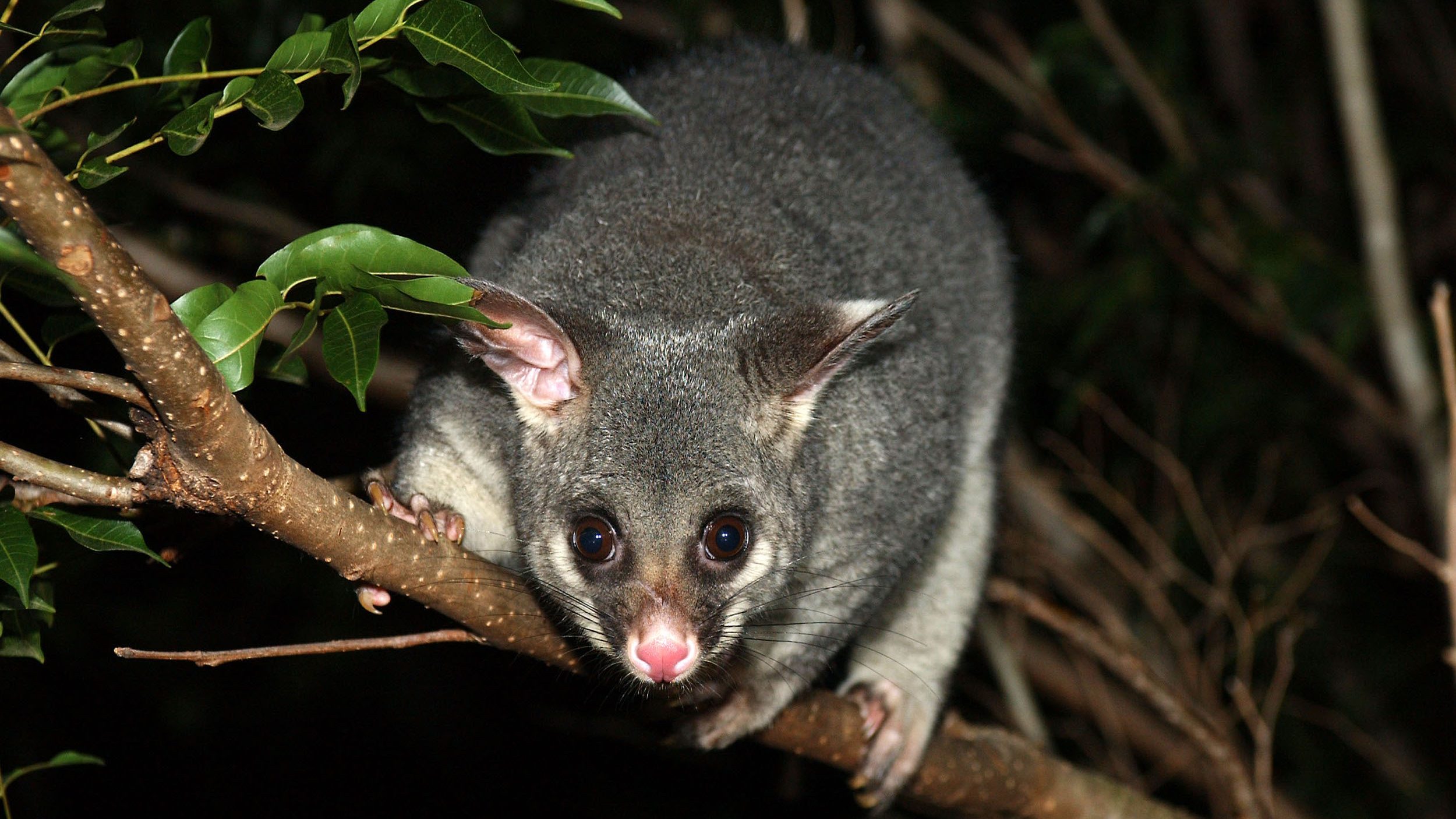
Photo © Brisbane City Council / Wikimedia Commons Justine Hausheer grew up suburban Florida, where alligators, snakes, and raccoons were a daily occurance in her backyard. But this wildlife-rich childhood felt like an exception. Despite a career in conservation, “urban wildlife” became a buzzword, something that conservationists talk about, but not something that she valued or sought out. That is, until she moved to Australia, where where a terrifying possum (and host of other weird new critters) helped her rediscover the wonder of urban wildlife once again.
-
The Incredible Adventure of the Pooping Sloth
2nd Place, Humor
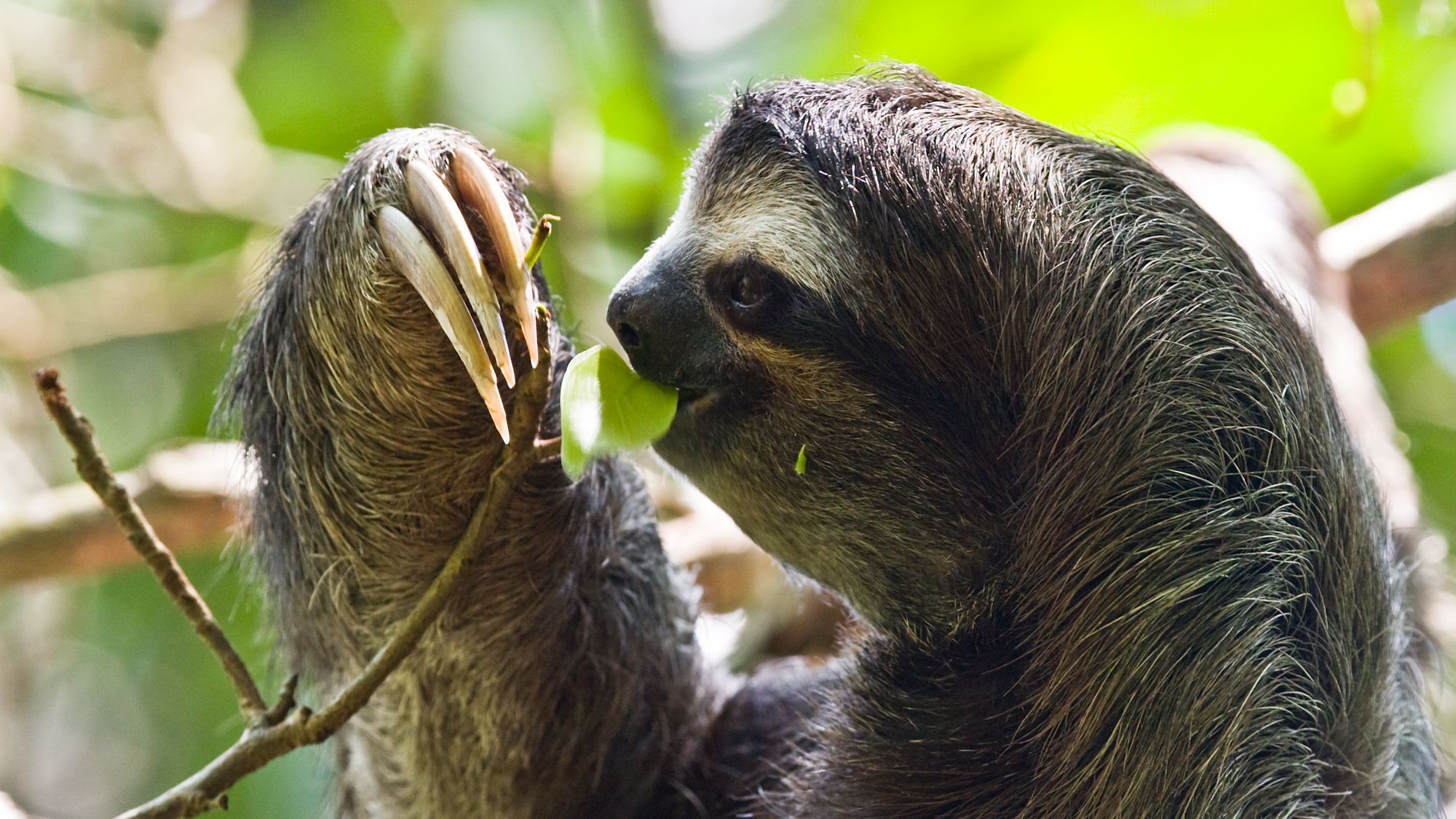
Yes, we said pooping sloths. Photo © Christian Mehlführer / Wikimedia Commons The best wildlife encounters are almost always the result of being in the right place at the right time. Some days you see nothing… other days you get to watch a sloth poop.
Many sloth species defecate only once a week on average, a frequency that would have most of us downing laxatives and praying for death. Not surprisingly, it’s an infrequently witnessed behavior. Reporter Justine Hausheer recounts a horrifying and wonderful night in the cloud forest of Costa Rica, where she was lucky enough to witness the mythical act of sloth defecation firsthand.
-
Why Staying on the Trail Is Bad for Nature
2nd Place, Outdoor Education
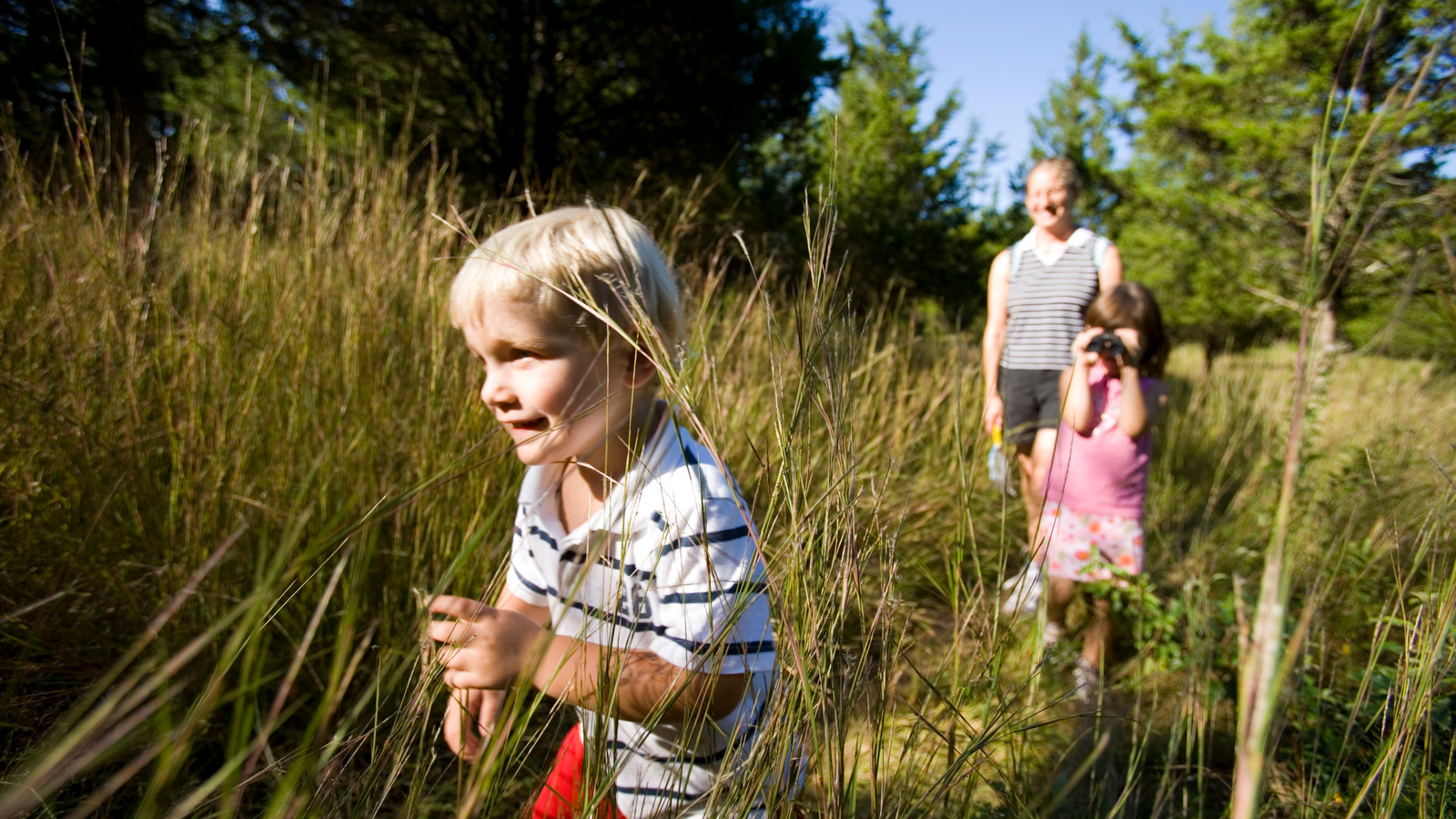
A woman and her young children hike through a grassy field in Pleasant Valley Preserve near the Eightmile River in Lyme, Connecticut. Photo © Jerry Monkman Stay on the trail. Look, don’t touch. Take only photographs, leave only footprints. These and similar rules have become a standard component of a refined environmental ethic; any reasonable outdoor education class is going to emphasize them. But Matt Miller has a confession to make: As a kid he violated every one of those rules, frequently and without guilt. It made him a conservationist.
In this essay, Miller explains why he believes that free and wild play in nature is one of the missing ingredients in building a viable, effective conservation movement.
-
Australian Magpies Are The Real Angry Birds
3rd Place, Humor
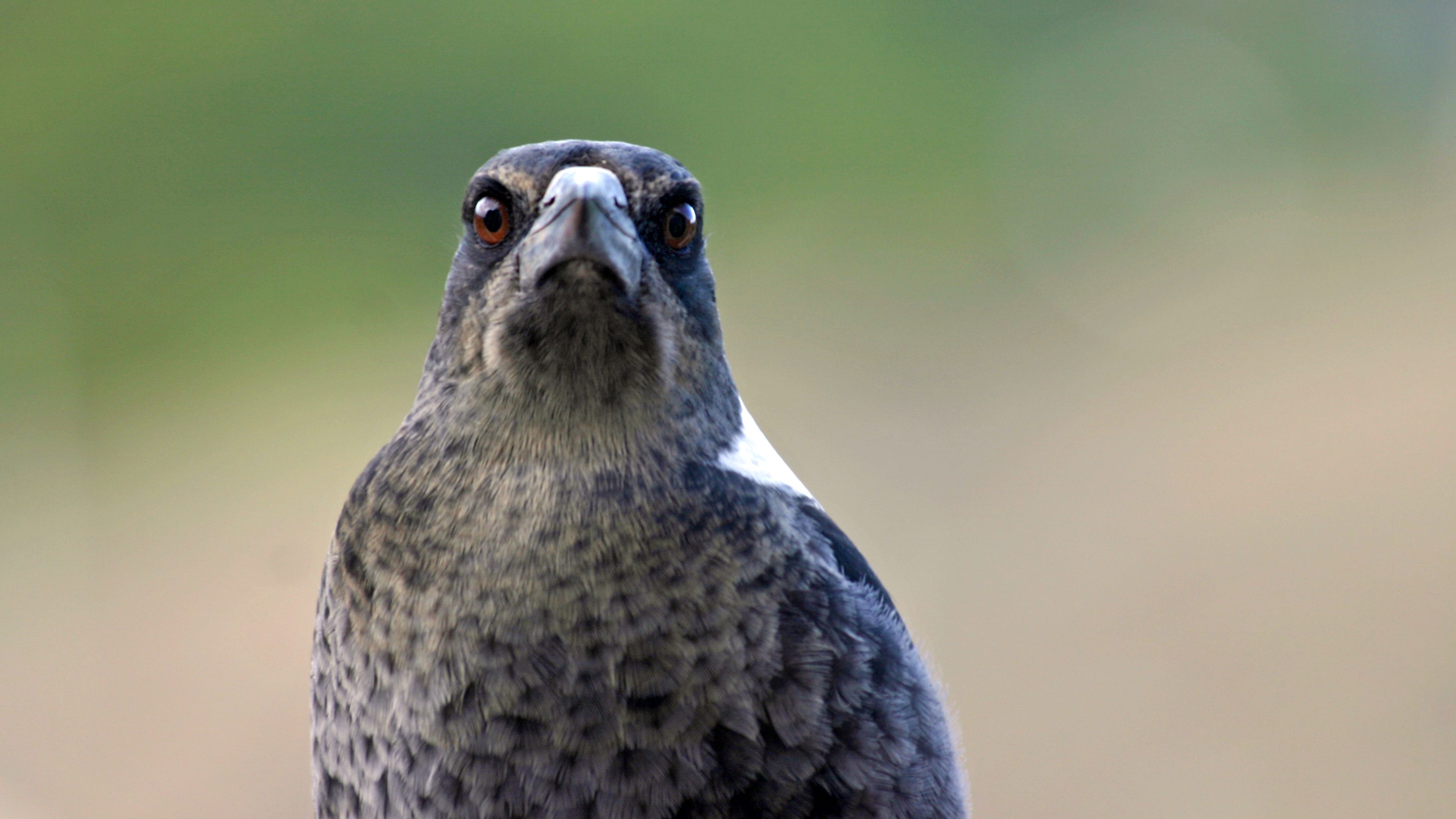
Be afraid. Be very afraid. Photo © Ian Sanderson / Flickr It’s not uncommon to hear news reports of an overzealous owl or cranky goose ardently defending its nest, just like the helicopter human parents on the playground nearby. But nowhere is the “swooping season” as scary as in Australia, where cyclists and pedestrians alike live in sheer terror of one very angry bird: the Australian magpie. Justine Hausheer explains just why this remarkably intelligent bird species terrorizes suburban streets, and details the often-ridiculous tactics Aussies take to avoid the winged menace.
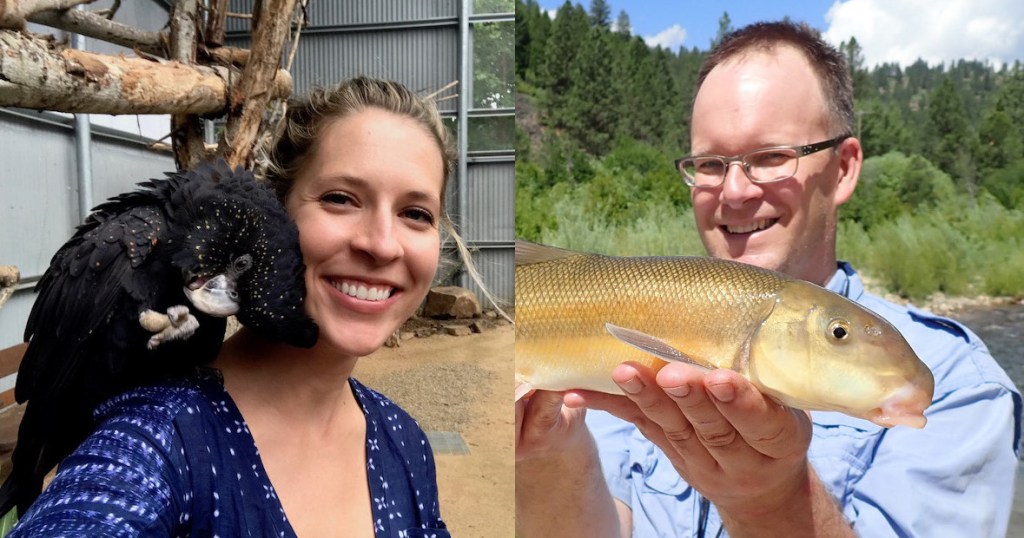



GLOBAL WARMING&CLIMATE CONTROL+POLLUTION CONTROL ARE SUBJECTS WORRYING LEADERS OF WORLD. EVEN THOUGH THEY ARE INTERLINKED LOT OF DISCUSSIONS &SUGGESTIONS ARE IN PROGRESS. I HAVE A SIMPLE LOGICAL&PRACTICAL SUGGESTION THAT’ IF NIGHT TIME EMISSIONS OF’C’&HEAT ARE REDUCED BY STOPPING PRODUCTION OF SUCH UNITS, EVEN IF DAY’S PRODUCTION IS ENHANCED TO COVER UP PRODUCTION LOSS+CONTROL OF VEHICULAR TRAFFIC AT NIGHTS ALONG WITH OVENS. PLANTS ARE UNABLE TO ABSORB ‘C’&RELEASE OXYGEN W/O SUN&EXCESS ATMOSPHERIC HEAT OVER LAND PREVENTS NATURAL WIND MOVEMENTS DISTURBING THE SUN/SEA/LAND/ATMOSPHERE EQUILIBRIUM.